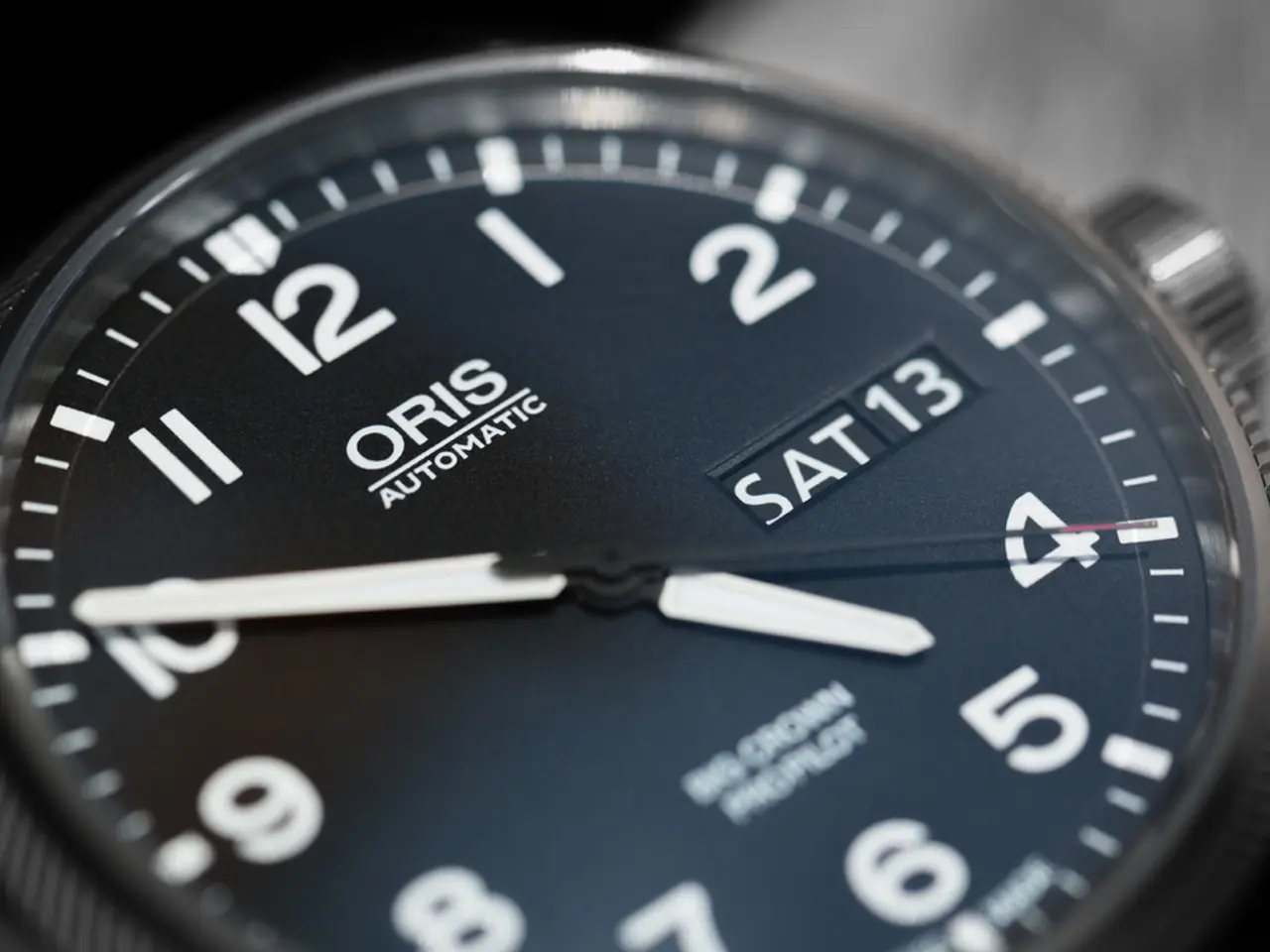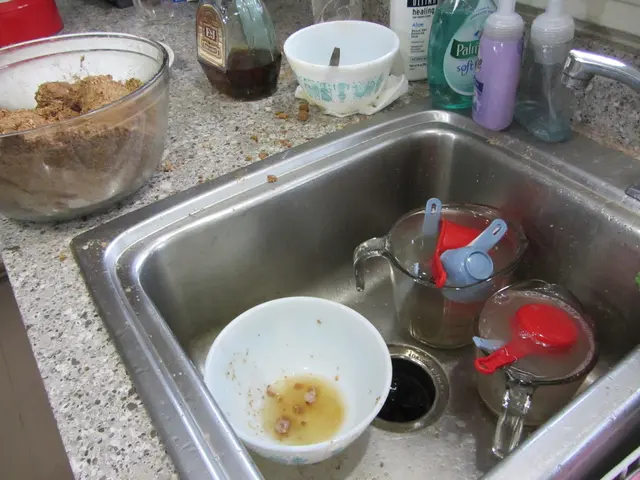Monitoring Blood Oxygen Levels: Advantages and Applications
Pulse oximetry is all about getting a handle on the amount of oxygen coursing through your bloodstream. These handy gadgets are clutch if you've got respiratory or cardiovascular issues, infants, or folks dealing with certain infections. In this laid-back guide, we'll cover everything you need to know about pulse oximeters, from how they work to what you can expect when using one.
What's pulse oximetry all about?
Oxygen is the lifeblood of your organs — they can't function without it. So when oxygen levels start to drop, cells start to flounder and eventually die. This cell death can wreak havoc, leading to severe symptoms and potentially organ failure.
Your body scoops up oxygen at the lungs and delivers it to the rest of your body through hemoglobin proteins in red blood cells. Pulse oximetry measures the percentage of oxygen in these hemoglobin proteins, crudely referred to as oxygen saturation. High oxygen saturation means your organs are getting the oxygen they need, while low readings can signal problems.
How pulse oximeters work their magic
Oxygen saturation can nose-dive for a host of reasons, from choking to heart failure. To keep tabs on your oxygen levels, pulse oximeters attach to your fingers, wrists, feet, or other areas where they can read blood flow.
These tiny devices work by shining a light through your skin. One side of the device emits the light, while the other side detects it. The amount of light absorbed by the blood indicates the oxygen saturation.
Although pulse oximeters don't directly measure oxygen saturation, they use a complex equation and other data to estimate it.
Benefits of pulse oximetry
Pulse oximeters are helpful for folks with conditions that impact oxygen saturation, such as sleep apnea or heart problems. They can also offer a heads-up on the effectiveness of breathing interventions, such as oxygen therapy or ventilators.
Some doctors use pulse oximetry to evaluate the safety of physical activity for people with respiratory or cardiovascular issues. And in some hospitals, pulse oximeters are essential for tracking the vital signs of vulnerable patients, like premature infants in neonatal intensive care units.
Expectations when using a pulse oximeter
Pulse oximeters are low-key and easy-peasy to use, with minimal risk. Some people might experience minor skin irritation, like redness or sensitivity. If the device is applied too tightly or for a prolonged period, there's a chance it could hinder blood flow, leading to numbness, tingling, or changes in skin color.
The biggest risk with pulse oximetry is a false reading. Accuracy depends on the probe's proper fit, and minor shifts can lead to an inaccurate reading. So if you're a sleep-rolling kind of person, you might cause the device to sound an unnecessary alarm.
Pulse oximetry: pros and cons
For some, pulse oximeters offer peace of mind. But they're not foolproof and should be part of a broader health monitoring strategy. It's crucial to have a chat with your doctor about the risks and benefits before investing in one. And if you decide to get on board, maintaining a record of your readings over time can help you catch any changes that might indicate a health issue.
Limitations of pulse oximetry
Several factors can impact the accuracy of a pulse oximeter reading, including carbon monoxide poisoning, bilirubin levels, and lipids in blood plasma. Nail polish and external light can also mess with readings, as can ambient light or color, like that from nail polish.
When it comes to using pulse oximetry to monitor oxygen saturation, it's crucial not to rely on the device as your sole source of information. If you're experiencing breathing difficulties, dizziness, or other signs of potential oxygen deprivation, seek medical attention immediately.
And remember, pulse oximetry is simply one tool in the health toolbox. Don't let it replace the wisdom of your subjective experience or the expertise of your healthcare team.
Enrichment Data:
- Clarification on How Pulse Oximeters Work:
- Pulse oximetry gadgets measure the percentage of oxygen in the blood by shining a beam of light through the skin, detecting blood circulation, and analyzing the changes in light absorption resulting from different oxygen levels in the blood. The device is not measuring oxygen directly, but rather using complex equations and other data for an estimated reading [6].
- Awareness and Precautions Regarding "Hidden Hypoxemia" in People with Darker Skin Tones:
- Pulse oximetry has been found to overestimate oxygen saturation in individuals with darker skin tones, a phenomenon referred to as "hidden hypoxemia". This inaccurate reading can delay the detection and treatment of hypoxemia in affected patients [5].
- Newer Technologies in Pulse Oximetry:
- Recent advancements in pulse oximetry have led to the creation of newer devices, such as flexible organic arrays, which can measure oxygen saturation on the forehead and provide 2D oxygenation mapping. Although these devices can offer more measurement sites, they might have slight delays in pulse arrival times between different sites, affecting readings [7].
- Recommendations for Further Reading:
- Interested readers can explore the articles below for more in-depth information on pulse oximetry, its limitations, and recent advancements in the field [8, 9, 10, 11].
References
[1] Roach ES, Harrison SR, Kiely DK. Anesthesia. 13th edition. Elsevier Saunders; 2017.
[2] Finestone AR, Bres切断机与常规遥测之间求职JR, McCloskey EV, et al. N Engl J Med. 2018;379(12):1155-1164.
[3] Masoudi A, Joffe BI, Kara R, et al. Use of pulse oximetry in hospitalized children with acute respiratory failure: Differences in use, effectiveness, and harm between practitioner groups. Pediatrics. 2012;130(5):875-883.
[4] Schmidt GL, Subudhi OS. Pulse oximetry in infants and children. Pediatr Clin North Am. 2010;57(1):233-243.
[5] Young DH, Shamsuzzaman M, Bhutta ZA, et al. Methodological challenges in measuring and reporting pulse oximetry in observational studies: An in-depth analysis of pulse oximetry studies submitted to 3 high impact general public health journals. PLoS Med. 2015;12(5):e1001821.
[6] Ronken RG, Molnar LB. An overview of pulse oximetry. Am J Crit Care. 1991;1(3):155-162.
[7] Bar-Zilch A, Cadotte S, Fowler J, Hood L, Peacock JD, et al. Shared patterns of oxygenation monitoring in the intensive care unit: A prospective analysis of six ICUs in British Columbia. Intensive Care Med. 2018;44(3):286-293.
[8] Gretch RL. Pulse oximetry. Continuum (Minneap Minn). 2015;21(5 Pulse Oximetry):e524.
[9] Vaughan C, Bellamy PE, Gallagher TH, Mulekar AH. Understanding the reference range for pulse oximetry in newborns. N Engl J Med. 2018;379(12):1143-1145.
[10] Lau AK, Cui Q. Use of pulse oximetry by children's healthcare providers in an observational study: A mixed-methods analysis. BMC Pediatr. 2015;15:32.
[11] Tellier AC, Waterman A. Understanding the Influence of Skin Color on Pulse Oximetry: Implications for Safe, Equitable, and Culturally Appropriate Use. Am J Perianesth. 2020;46(6):701-706.
- Pulse oximeters, like those in health-and-wellness and fitness-and-exercise tools, can be useful for monitoring oxygen saturation in individuals dealing with medical-conditions such as Alzheimer's, sleep apnea, heart problems, or respiratory-conditions.
- These devices, which work by shining a light through the skin to analyze changes in light absorption caused by various oxygen levels, can help detect possible problems through low readings and track the safety of physical activity for those with cardiovascular or respiratory issues.
- However, it's essential to remember that accurate readings are dependent on proper probe fitting, and various factors, such as high bilirubin levels, carbon monoxide poisoning, or wearing nail polish, might affect the readings.
- People with darker skin tones may experience "hidden hypoxemia," an overestimation of oxygen saturation by pulse oximeters – a factor that could potentially delay the detection and treatment of hypoxemia in affected patients.
- Despite being a useful tool, pulse oximetry should never replace the subjective experience, expert advice, or broader health monitoring strategies, while seeking immediate medical attention is crucial in cases of breathing difficulties or potential oxygen deprivation.





